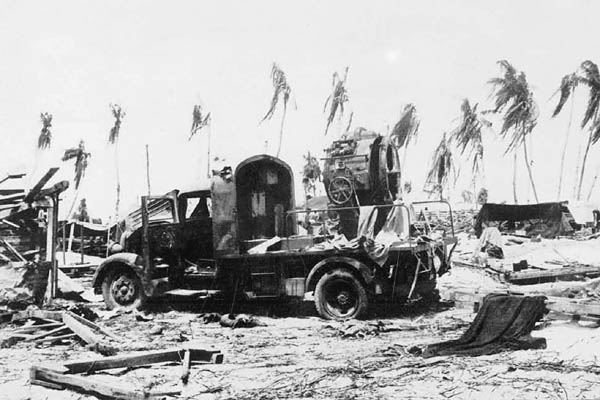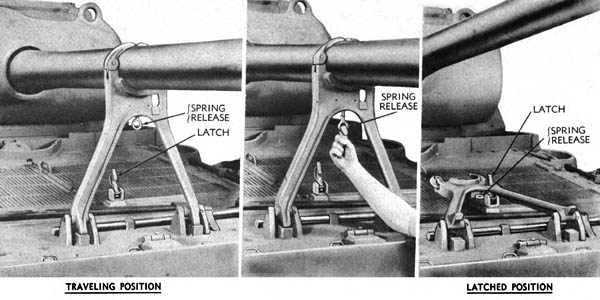“4 Wheels to Survival: Your Car and Civil Defense” is a U.S. pamphlet produced by the Civil Defense during the Cold War in 1955.
4 Wheels to Survival
YOUR CAR AND CIVIL DEFENSE
Your car can be “four wheels to survival” for you and your family in a civil defense emergency. How well your car serves this purpose depends on a few commonsense advance preparations—things which may spell the difference between life and death for you and your family.
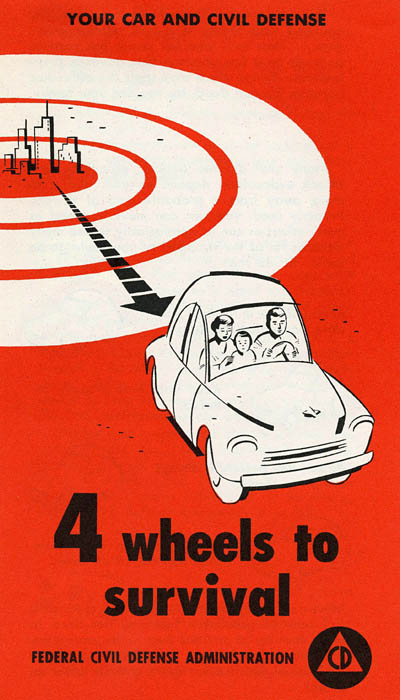
Your car helps you move away from danger
Many civil defense actions, especially pre-attack evacuation, depend on your ability to move away from a probable area of danger. Properly used, your car can move you and as many others as can be comfortably seated many times as far as the strongest of you could go on foot. To do this:
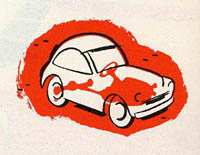
Keep your car in the best possible mechanical condition.
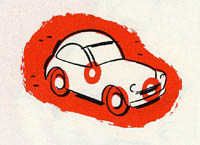
Keep your tires properly inflated.
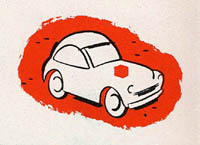
Be sure the battery is always in tip-top shape.
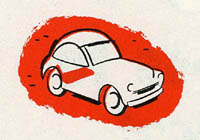
Keep your gas tank more than half-full at all times.
Most cars today can move some 250 miles on a full tank of gasoline. You may not need to move that far at any one time under emergency conditions, but it may be difficult to obtain additional gasoline for quite a while after an attack.
Ways to conserve gasoline:
• Keep your engine in proper mechanical adjustment.
• Take opportunities to coast long distances with engine off.
• Learn the most efficient operating speed of your engine. Usually between 30 and 40 miles per hour.
• Remember—you can push or pull another car with little increase in your own gasoline consumption.
Your car helps shelter you
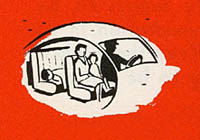 Tests under an actual atomic explosion in Nevada proved that modern cars, especially those with turret top construction, give a degree of protection against blast, heat, and radiation.
Tests under an actual atomic explosion in Nevada proved that modern cars, especially those with turret top construction, give a degree of protection against blast, heat, and radiation.
Before an attack, roll the windows down to equalize pressures and to prevent glass breakage. Crouch or lie down, below the level of the windows. After an attack, windows should be raised to keep out as much dust as possible; it may be contaminated by radio-active fallout.
Shelter in an unexpected blast is a bonus you get from your car. More importantly, the car provides a small movable house. You can get away in it—then live, eat, and sleep in it in almost any climatic conditions, if necessary, until a civil defense emergency is ended.
Your car is your information center
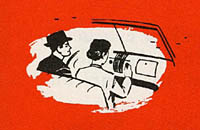 Under the CONELRAD system of emergency radio broadcasting, your car radio will be your source of official information. Be sure it is working and marked with the civil defense frequencies of 640 and 1240.
Under the CONELRAD system of emergency radio broadcasting, your car radio will be your source of official information. Be sure it is working and marked with the civil defense frequencies of 640 and 1240.
Have good maps of your city and the surrounding areas. In an evacuation, maps will be important, since it may be necessary for the official traffic broadcasts to route you over roads you do not know.
Your car can be your shopping center
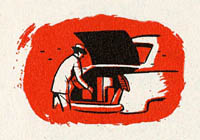 In an emergency you may not be able to buy food for several days. Have an adequate supply on hand to make your family self-sufficient. The food you’ll need can be based on the 7-day supply suggested by the Federal Civil Defense Administration in its “Grandma’s Pantry” program. Keep these emergency rations in a carton, ready to be put into the car trunk.
In an emergency you may not be able to buy food for several days. Have an adequate supply on hand to make your family self-sufficient. The food you’ll need can be based on the 7-day supply suggested by the Federal Civil Defense Administration in its “Grandma’s Pantry” program. Keep these emergency rations in a carton, ready to be put into the car trunk.
Know what would be needed in the way of water containers, first aid kit, clothing, and blankets. See that it is available in your home and make it the responsibility of one member of the family to see that no item is forgotten if an emergency arises.
A few cautions about Civil Defense driving
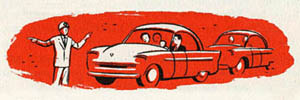 In an evacuation, only courtesy, cooperation, and careful driving can prevent disastrous traffic jams. Learn and observe these rules:
In an evacuation, only courtesy, cooperation, and careful driving can prevent disastrous traffic jams. Learn and observe these rules:
• Obey police, civil defense auxiliaries, and other authorities.
• If you have room, pick up walking evacuees.
• Don’t crowd or try to beat the other fellow.
• If your car becomes disabled, try to get off the road.
• If traffic gets stalled, don’t lean on the horn. Your impatience may become someone else’s panic. That can cost lives!
For sale by the Superintendent of Documents, U.S. Government Printing Office, Washington 25, D.C. – Price $2.25 per 100 copies
U.S. GOVERNMENT PRINTING OFFICE 1955-0-362833
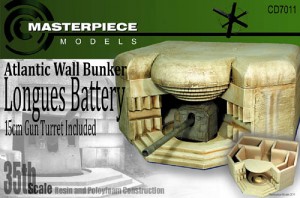
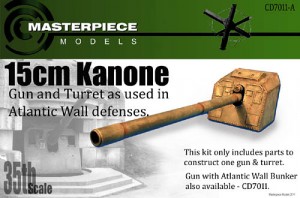

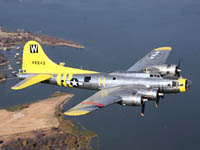 The B-17 Flying Fortress “Chuckie” is moving from the
The B-17 Flying Fortress “Chuckie” is moving from the 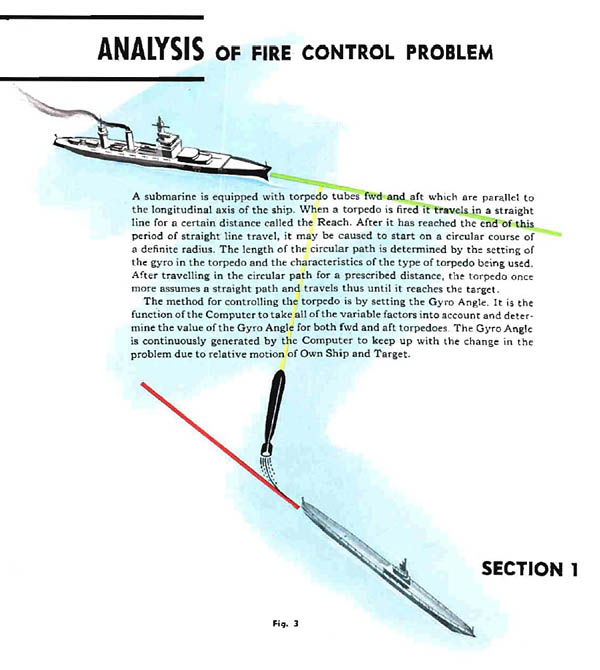
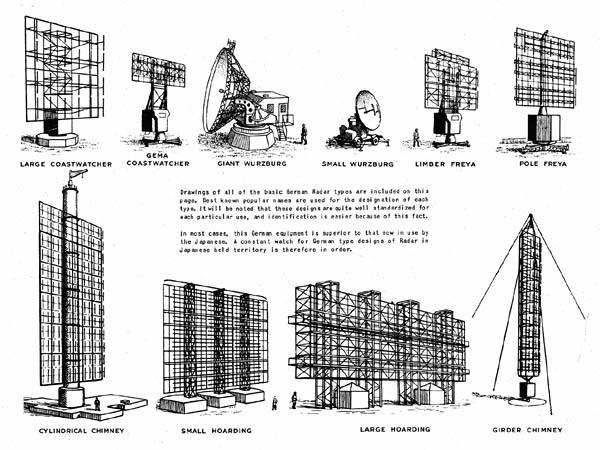
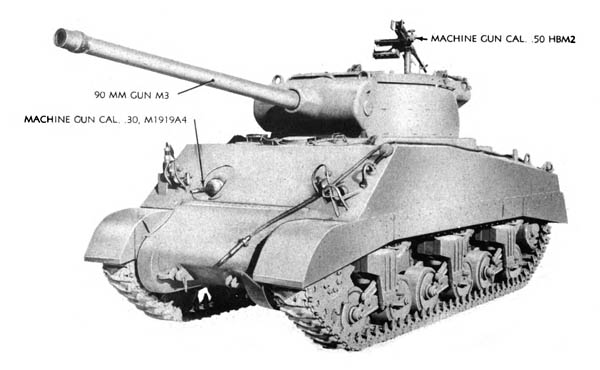
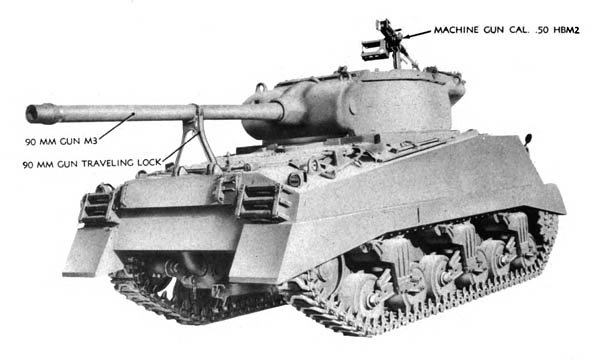
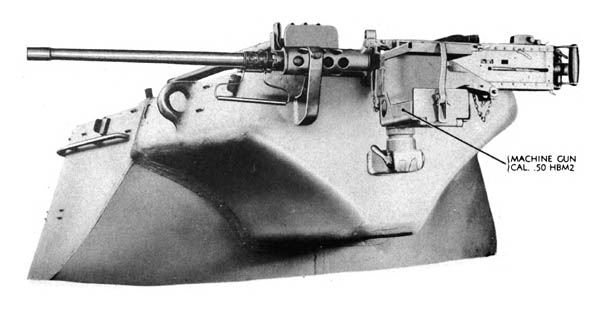
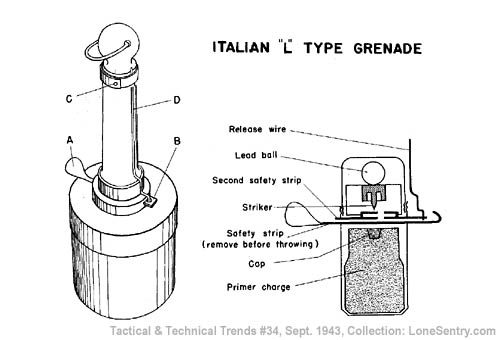
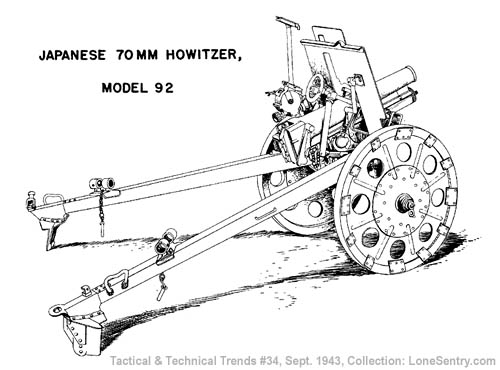
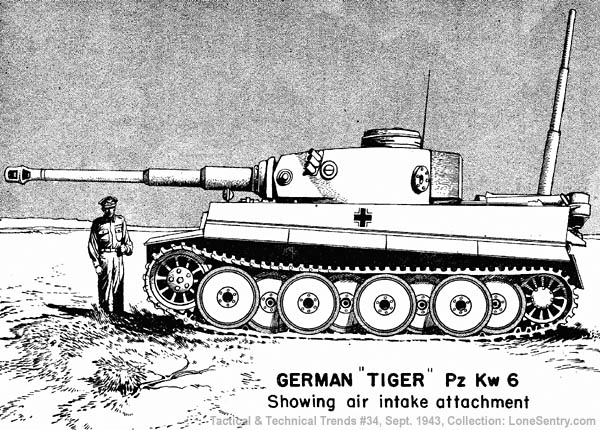
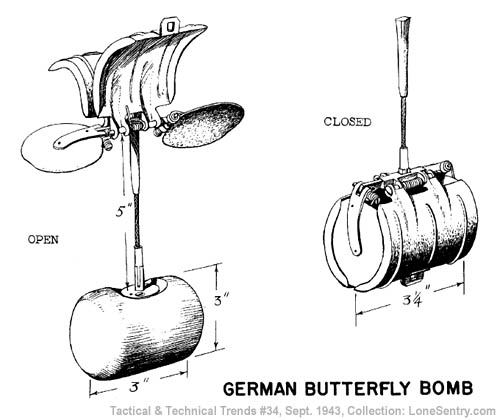
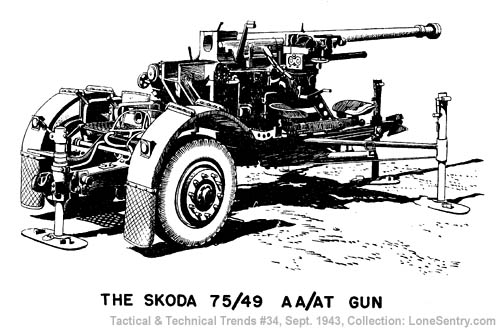
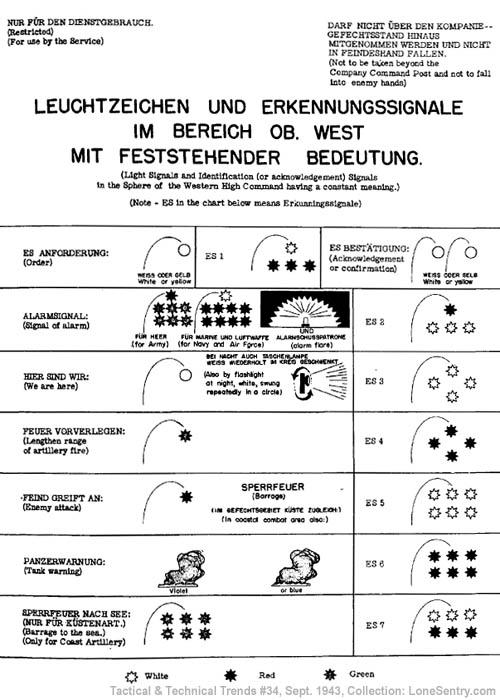
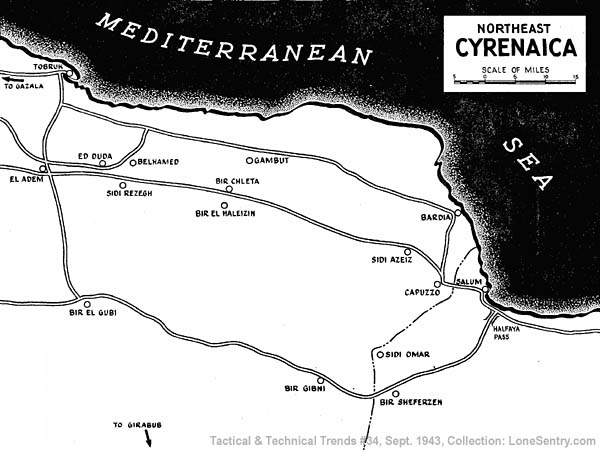
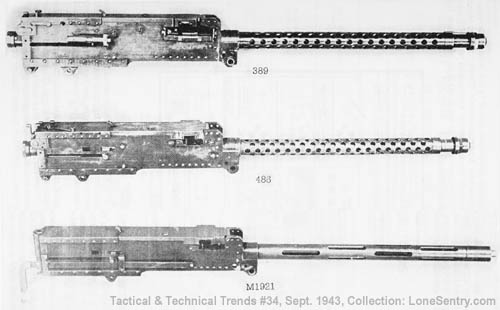





 Tests under an actual atomic explosion in Nevada proved that modern cars, especially those with turret top construction, give a degree of protection against blast, heat, and radiation.
Tests under an actual atomic explosion in Nevada proved that modern cars, especially those with turret top construction, give a degree of protection against blast, heat, and radiation. Under the CONELRAD system of emergency radio broadcasting, your car radio will be your source of official information. Be sure it is working and marked with the civil defense frequencies of 640 and 1240.
Under the CONELRAD system of emergency radio broadcasting, your car radio will be your source of official information. Be sure it is working and marked with the civil defense frequencies of 640 and 1240. In an emergency you may not be able to buy food for several days. Have an adequate supply on hand to make your family self-sufficient. The food you’ll need can be based on the 7-day supply suggested by the Federal Civil Defense Administration in its “Grandma’s Pantry” program. Keep these emergency rations in a carton, ready to be put into the car trunk.
In an emergency you may not be able to buy food for several days. Have an adequate supply on hand to make your family self-sufficient. The food you’ll need can be based on the 7-day supply suggested by the Federal Civil Defense Administration in its “Grandma’s Pantry” program. Keep these emergency rations in a carton, ready to be put into the car trunk. In an evacuation, only courtesy, cooperation, and careful driving can prevent disastrous traffic jams. Learn and observe these rules:
In an evacuation, only courtesy, cooperation, and careful driving can prevent disastrous traffic jams. Learn and observe these rules: